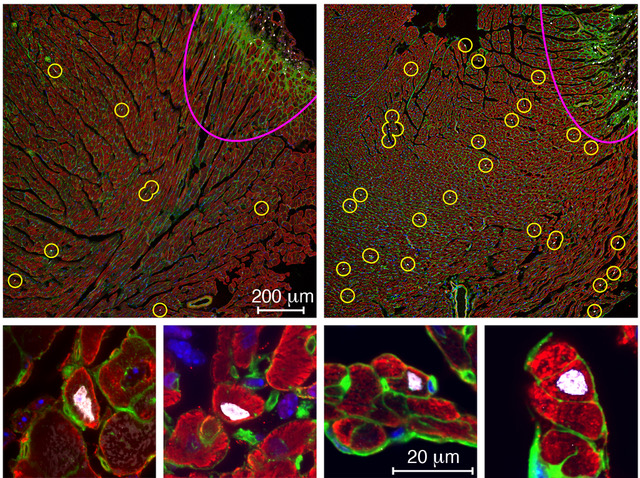An inhibitor of Lats kinases to promote regeneration of mammalian organs
The Hippo signaling pathway acts as a brake on regeneration in many tissues. This cascade of kinases culminates in the phosphorylation of the transcriptional cofactors Yap and Taz, whose concentration in the nucleus consequently remains low. Various types of cellular stress can reduce phosphorylation, however, resulting in the accumulation of Yap and Taz in the nucleus and subsequently in mitosis. We earlier identified a small molecule that blocks the final kinases in the pathway, Lats1 and Lats2, and thus elicits proliferation of several cell types that are ordinarily post-mitotic. Chemical modification of the original compound yielded a derivative, TDI‑011536, that is an effective blocker of Lats kinases in vitro at nanomolar concentrations. The compound fosters extensive proliferation in retinal organoids derived from human induced pluripotent stem cells. Intraperitoneal administration of the substance to mice suppresses Yap phosphorylation for several hours and induces transcriptional activation of its target genes in the heart, liver, and skin. Moreover, the compound initiates the proliferation of cardiomyocytes in adult mice following cardiac cryolesions. After further chemical refinement, related compounds might prove useful in protective and regenerative therapies.

